Understanding B2B and B2C
Definition of B2B
Definition of B2C
Key Differences Between B2B and B2C Digital Marketing
1. Target Audience
B2B Target Audience
The B2B target audience comprises other businesses and their decision-makers, such as CEOs, CFOs, CTOs, and procurement managers. B2B buyers are typically driven by rational decision-making and seek solutions that meet their business needs, such as increased efficiency, cost savings, and scalability. They may also be motivated by factors such as return on investment (ROI) and risk mitigation. As a result, B2B marketing messages are typically more informative and technical, focusing on features, benefits, and ROI.
B2C Target Audience
The B2C target audience comprises individual consumers who purchase products or services for personal use. B2C buyers are typically driven by emotional decision-making and seek products that meet their needs and desires, such as convenience, status, and lifestyle. They may also be motivated by factors such as price and brand reputation. As a result, B2C marketing messages are typically more creative and emotionally appealing, focusing on brand image, lifestyle, and customer experience.
2. Marketing Goals
Here are some potential marketing goals for both B2B and B2C digital marketing:
B2B Marketing Goals:
- Lead generation: Generating high-quality leads likely to convert into paying customers.
- Thought leadership: Establishing the business as a thought leader in their industry by creating valuable content and sharing insights with their target audience.
- Brand awareness: Increasing brand visibility and recognition among target decision-makers in the industry.
- Relationship building: Building long-term relationships with customers through personalised and targeted communication.
- Customer retention: Increasing customer loyalty and retention by providing excellent customer service and ongoing support.
- Sales enablement: Providing sales teams with the tools, resources, and training to close more deals and drive revenue growth.
B2C Marketing Goals:
- Brand awareness: Increasing brand visibility and recognition among target consumers in the marketplace.
- Customer acquisition: Attracting new customers to the brand through targeted advertising, promotions, and content marketing.
- Engagement: Increasing customer engagement with the brand through social media, email marketing, and other digital channels.
- Customer retention: Increasing customer loyalty and retention by providing excellent customer service, loyalty programs, and ongoing communication.
- Sales growth: Driving sales growth through upselling, cross-selling, and new product launches.
- Reputation management: Protecting and enhancing the brand’s reputation by monitoring online reviews, responding to customer feedback, and managing social media presence.
3. Decision-Making Process
B2B Decision-Making Process Goals:
- Lead nurturing: Providing targeted and personalised communication to educate and inform potential buyers about the business’s products or services throughout the buying process.
- Account-based marketing: Creating customised marketing campaigns tailored to key decision-makers’ specific needs and pain points within a target account.
- Relationship building: Establishing trust and building long-term relationships with potential buyers by providing valuable information and resources.
- Sales enablement: Providing sales teams with the information, tools, and resources they need to close deals successfully and drive revenue growth.
- Data analysis: Analysing data from multiple sources to better understand the behaviour and preferences of potential buyers and using this information to inform marketing strategies.
B2C Decision-Making Process Goals:
- Customer journey mapping: Understanding customers’ various touchpoints with the brand throughout the buying process and creating a seamless and consistent experience across all channels.
- Personalisation: Creating personalised customer experiences based on their interests, preferences, and behaviour.
- Social proof: Providing social proof, such as customer reviews and ratings, to build trust and credibility with potential buyers.
- Simplification: Making the buying process as simple and intuitive as possible to reduce friction and increase conversion rates.
- Retargeting: Using retargeting ads to reach customers who have already shown interest in the brand or its products but have not yet purchased them.
4. Content Strategy
B2B Content Strategy Goals:
- Lead generation: Creating content that educates potential buyers and generates leads by offering valuable information or resources.
- Thought leadership: Establishing the business as a thought leader in their industry by creating and sharing high-quality content that provides insights and analysis.
- Relationship building: Building long-term relationships with potential buyers by providing personalised and targeted content that addresses their needs and pain points.
- Sales enablement: Creating sales-focused content that helps sales teams close more deals and drive revenue growth.
- Branding: Creating content that communicates the brand’s value proposition and reinforces its brand identity and reputation.
B2C Content Strategy Goals:
- Engagement: Creating content that engages and entertains customers, such as social media posts, videos, and interactive experiences.
- Branding: Creating content that communicates the brand’s values, personality, and unique selling proposition and reinforces its brand identity and reputation.
- Education: Providing customers with useful information and resources that help them make informed decisions about the brand’s products or services.
- Enticement: Creating content that entices customers to purchase or take a desired action, such as a limited-time offer or a discount.
- Relationship building: Creating personalised and targeted content that builds long-term customer relationships and encourages loyalty and advocacy.
5. Sales Cycle
B2B Sales Cycle Goals:
- Lead generation: Generating high-quality leads likely to convert into paying customers.
- Lead nurturing: Providing targeted and personalised communication to educate and inform potential buyers about the business’s products or services throughout the buying process.
- Account-based marketing: Creating customised marketing campaigns tailored to key decision-makers’ specific needs and pain points within a target account.
- Sales enablement: Providing sales teams with the information, tools, and resources they need to close deals successfully and drive revenue growth.
- Relationship building: Building long-term relationships with customers through personalised and targeted communication.
B2C Sales Cycle Goals:
- Customer acquisition: Attracting new customers to the brand through targeted advertising, promotions, and content marketing.
- Engagement: Increasing customer engagement with the brand through social media, email marketing, and other digital channels.
- Conversion: Persuading customers to purchase or take a desired action, such as signing up for a newsletter or following the brand on social media.
- Upselling and cross-selling: Encouraging existing customers to purchase additional products or services by offering personalised recommendations and promotions.
- Customer retention: Increasing customer loyalty and retention by providing excellent customer service, loyalty programs, and ongoing communication.
6. Communication Style
The communication style in B2B digital marketing is typically more formal and professional. B2B companies target other businesses, and their communication style reflects the need to present themselves as reliable, credible, and trustworthy partners. B2B digital marketing tends to focus on educating and informing potential customers about the company’s products or services, using language and content that is technical and specific to the industry. The communication style also strongly focuses on building relationships and establishing trust, as B2B sales are often high-value and involve long-term partnerships.
On the other hand, B2C digital marketing communication style is more relaxed, conversational, and emotional. This is because B2C companies target individual consumers, and their communication style is designed to appeal to consumers’ emotions and desires.
In B2C digital marketing, visual content and storytelling are more prevalent to establish an emotional connection with the audience. On the other hand, businesses that cater to consumers (B2C) tend to use simpler and easier-to-understand language to communicate how their products or services can fulfil customers’ needs and desires. This approach often involves highlighting the benefits of their offerings and emphasising how they can improve the lives of their target audience.
7. Channels and Platforms
B2B digital marketing communication style:
- More formal and professional
- Focus on presenting the company as a reliable, credible, and trustworthy partner.
- Technical language and industry-specific jargon.
- Focus on educating and informing potential customers.
- Strong focus on building relationships and establishing trust.
- Often includes personalised and targeted messaging.
B2C digital marketing communication style:
- More relaxed, conversational, and emotional.
- Designed to appeal to consumers’ emotions and desires.
- More visual content and storytelling to create an emotional connection.
- Simple language that is accessible and engaging.
- Focus on how products or services can improve consumers’ lives or fulfil their needs and desires.
- It often includes broader messaging that can appeal to a wider audience.
Now that we’ve explored the differences between B2B and B2C digital marketing let’s look at effective strategies for each category.
Effective B2B Digital Marketing Strategies
Developing a successful B2B digital marketing strategy requires a deep understanding of the target audience, market trends, and the latest digital marketing tools and techniques. Let’s explore some of the most effective B2B digital marketing strategies to help businesses improve their online presence, generate leads, and drive revenue growth.

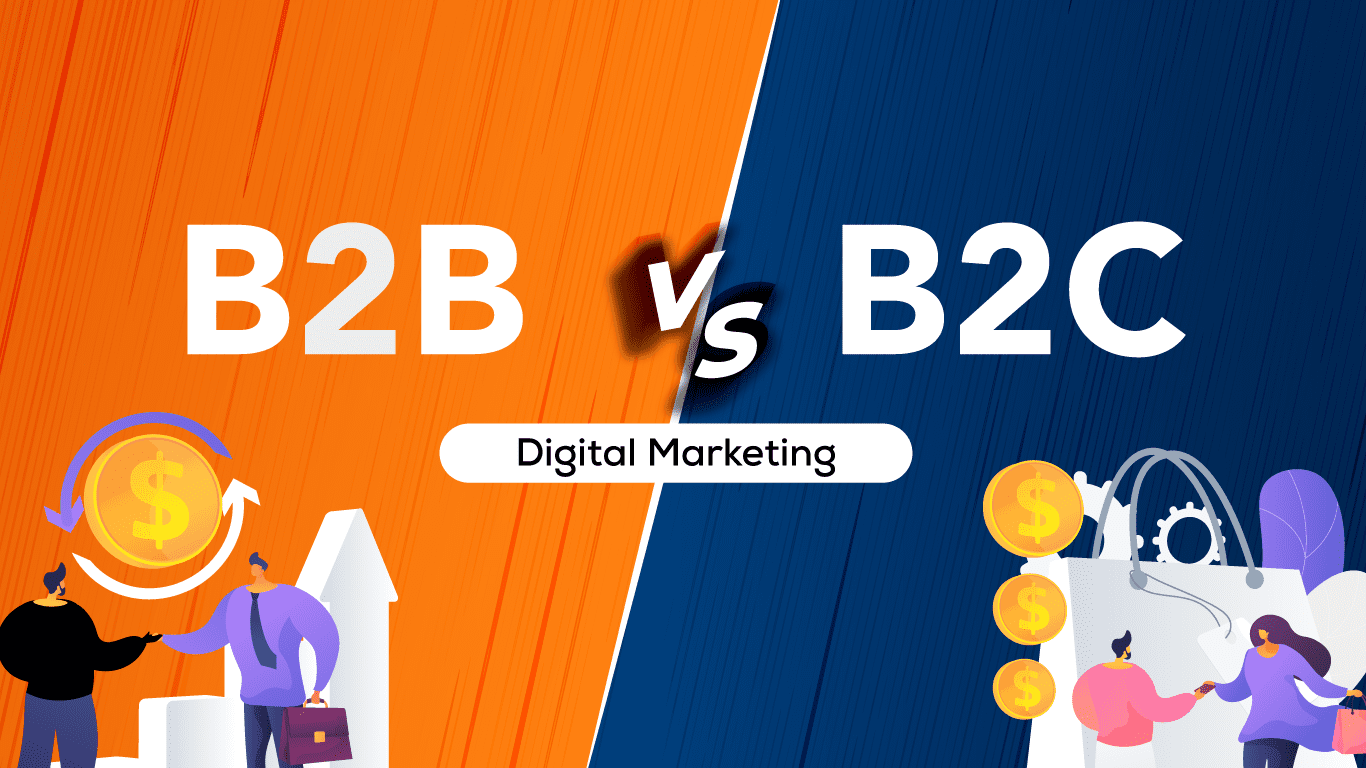
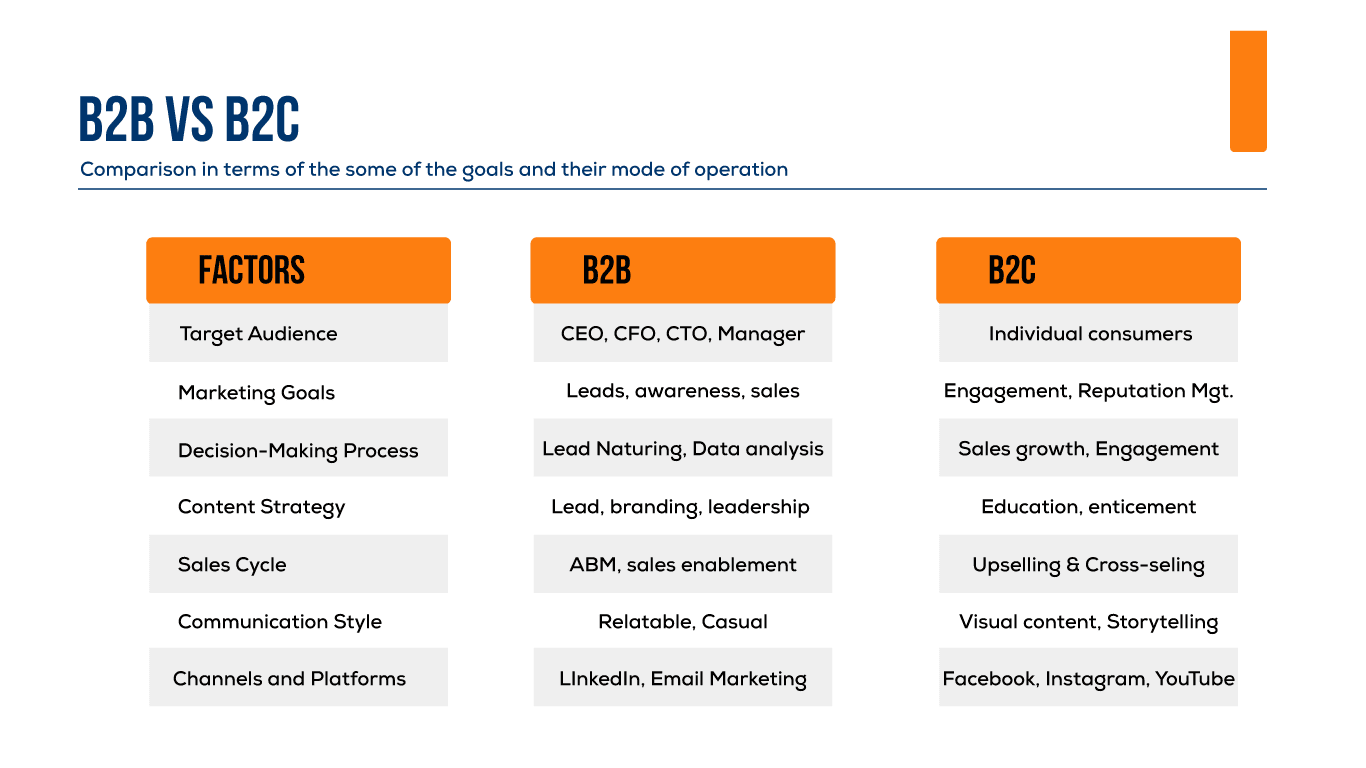
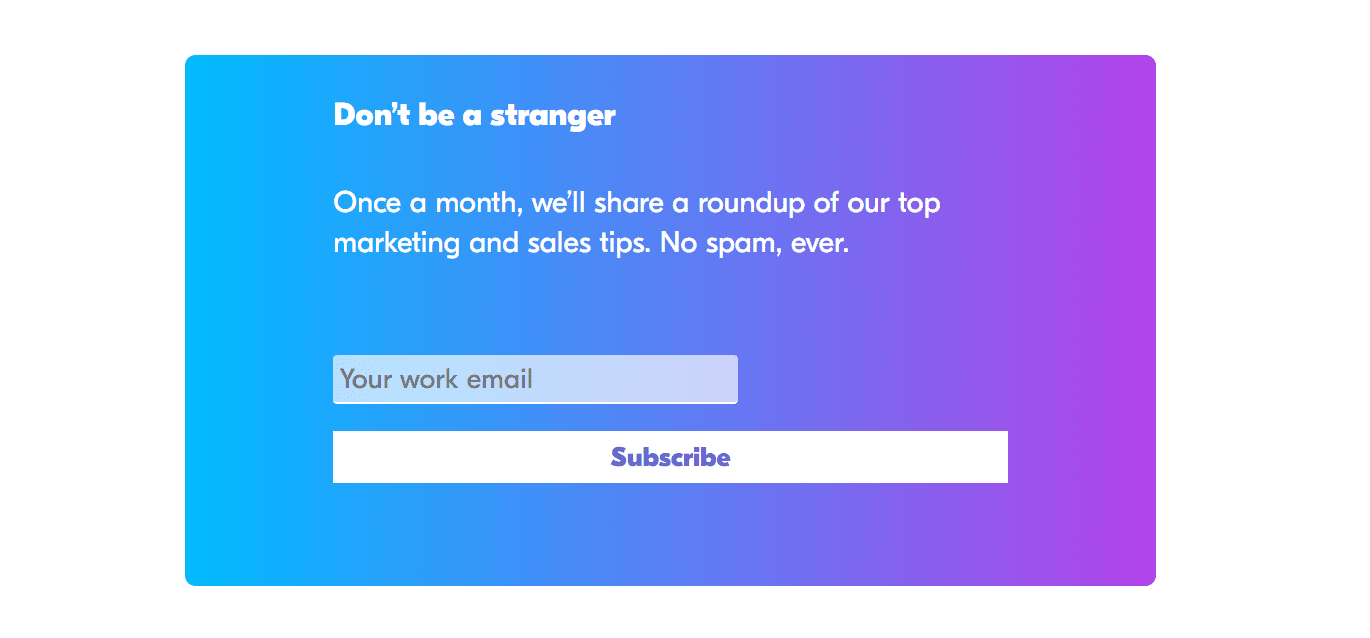
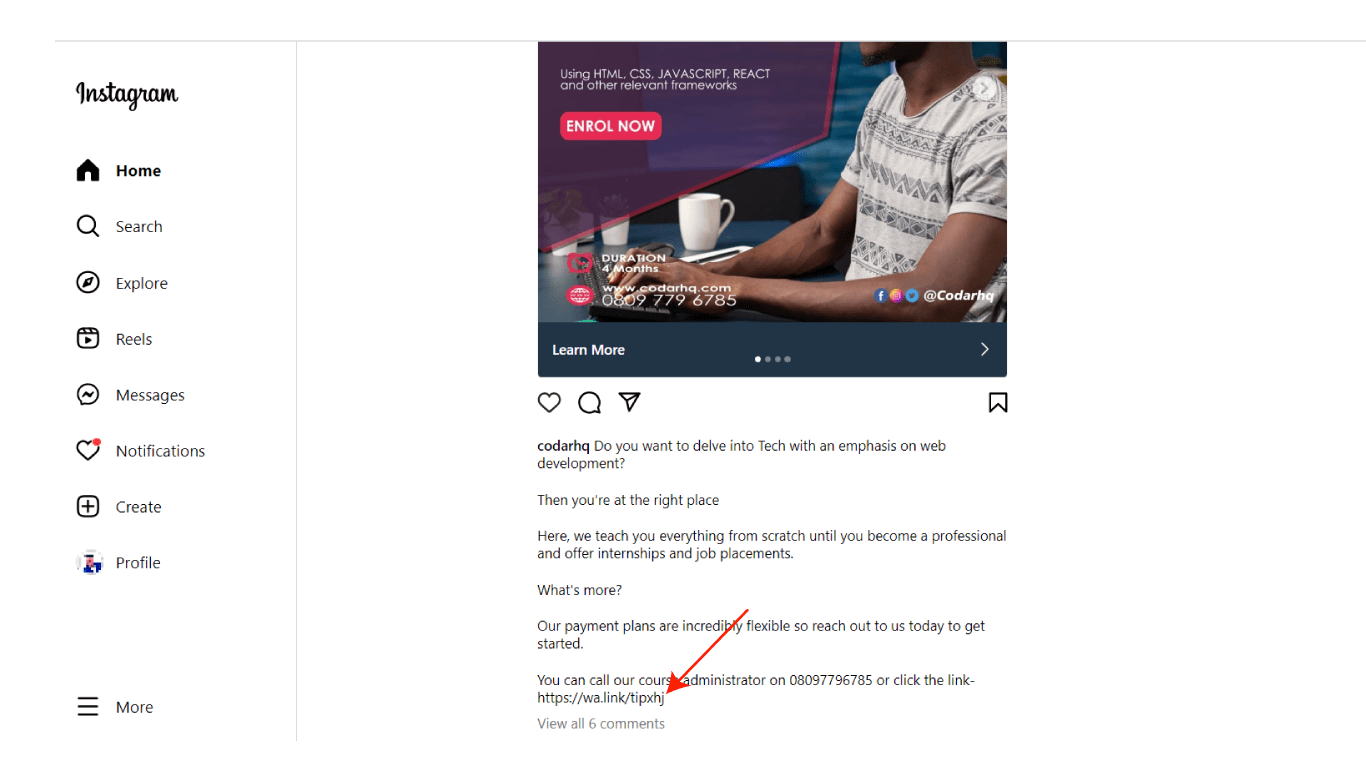

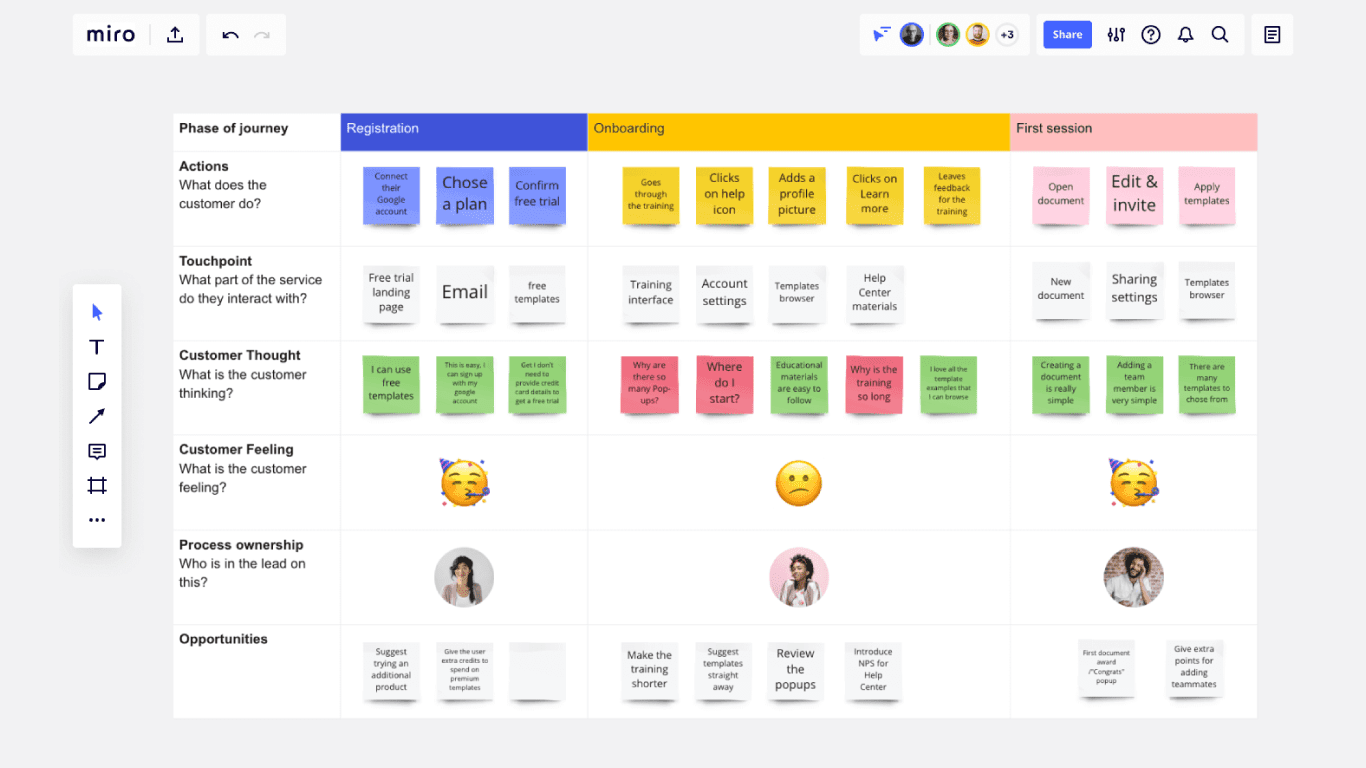
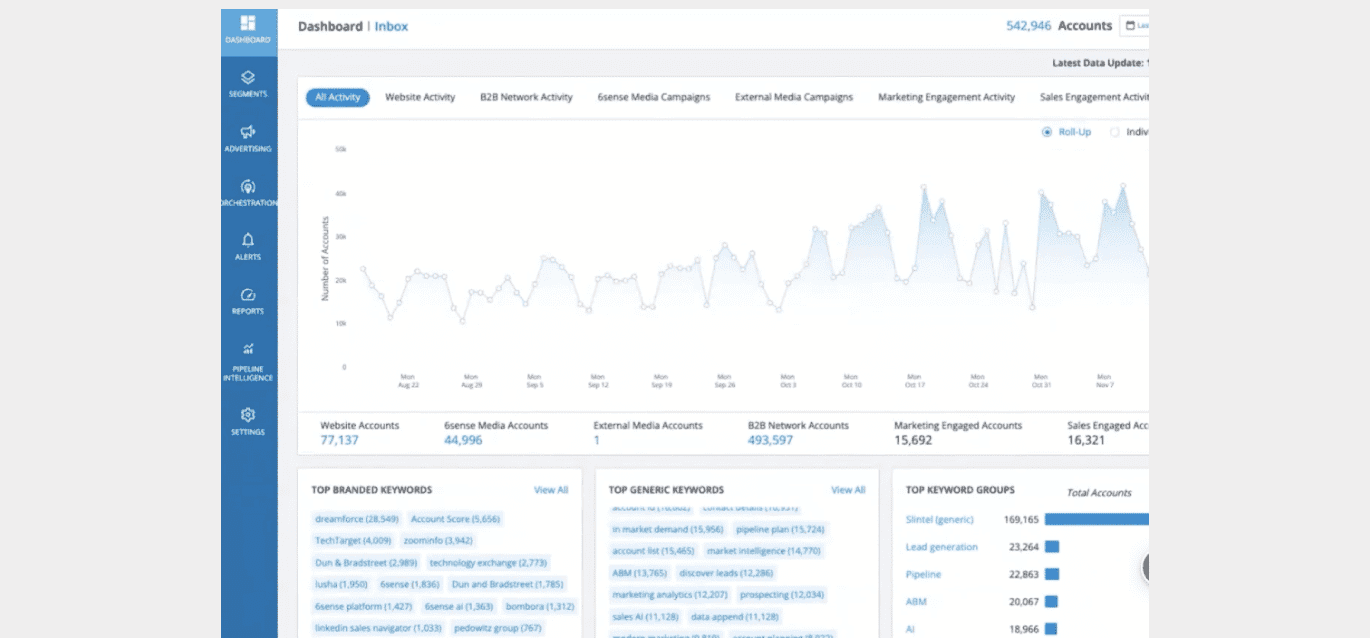
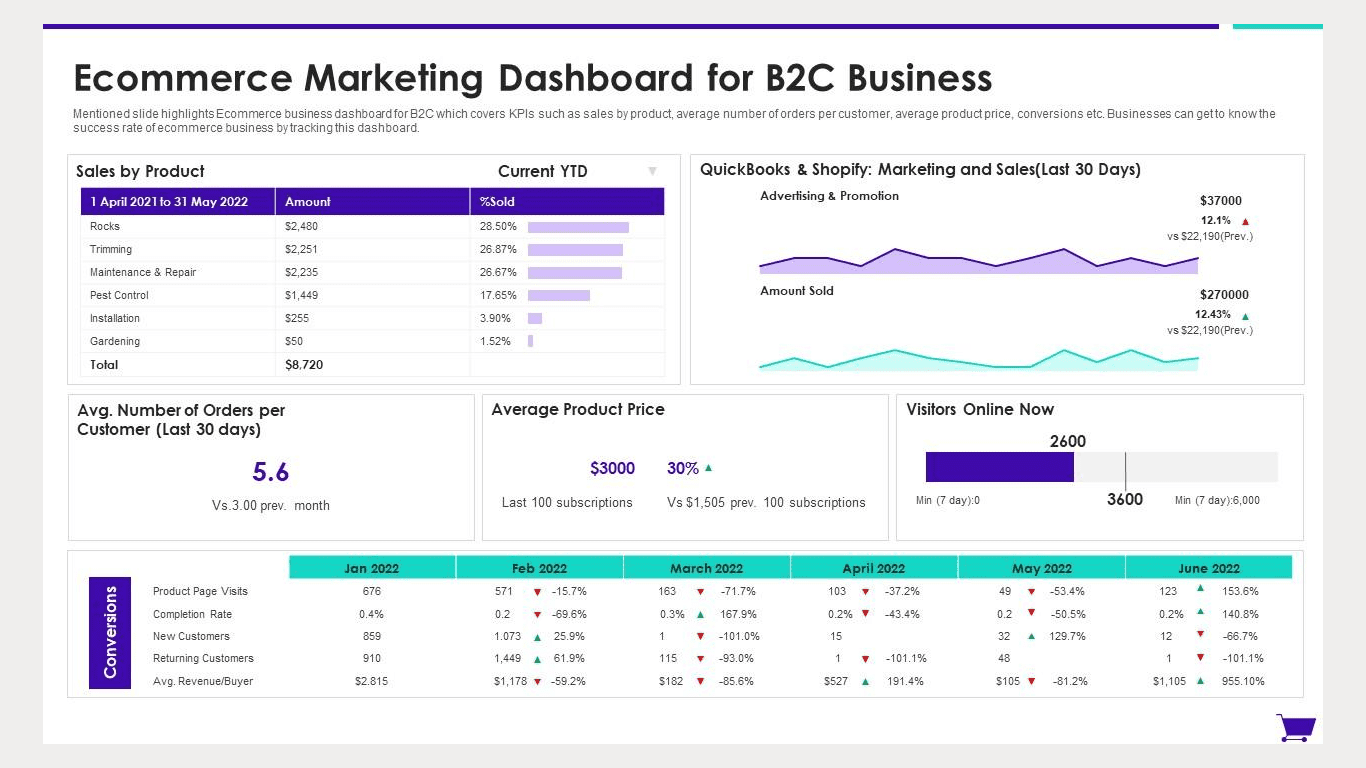
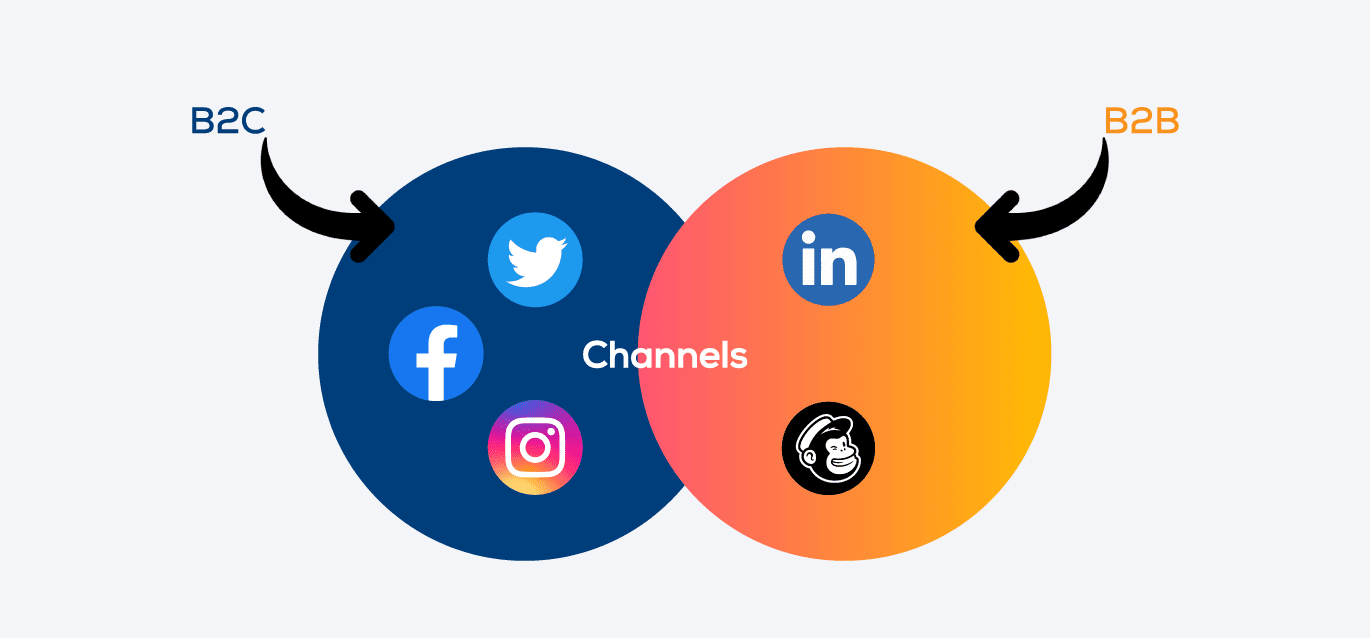
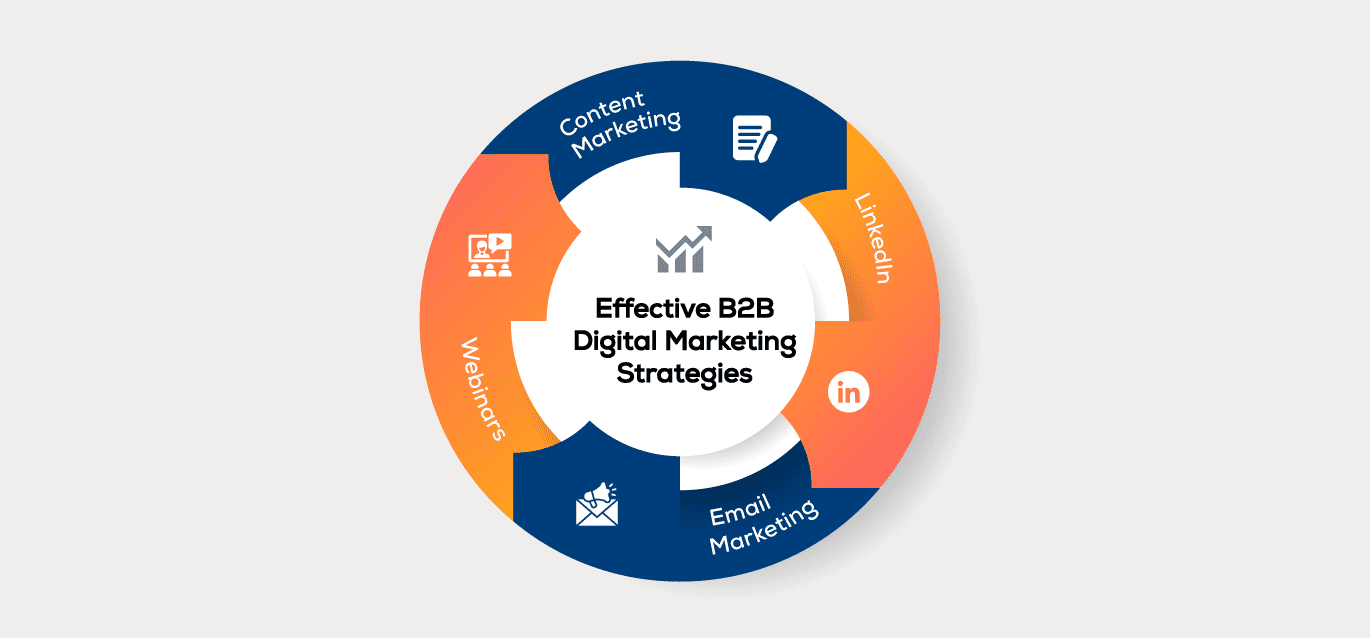
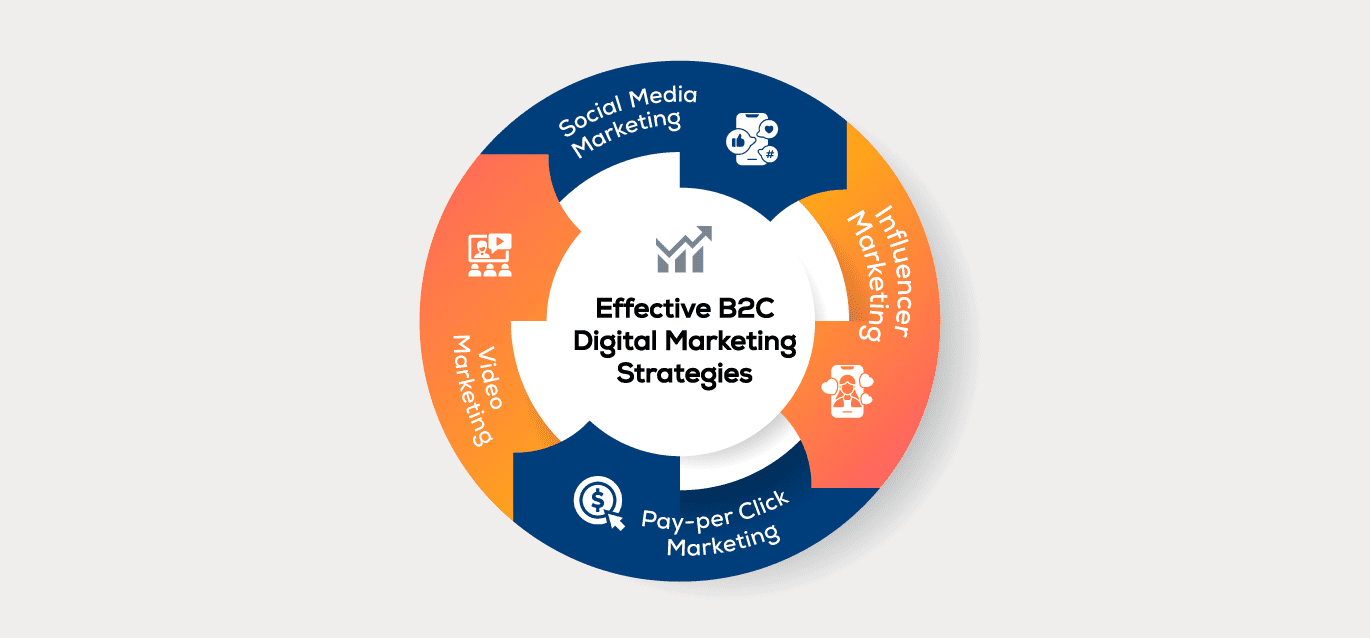

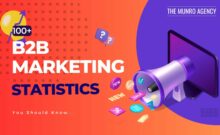
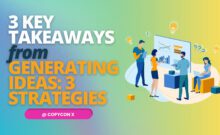
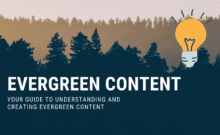

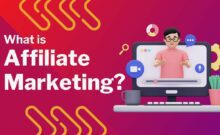
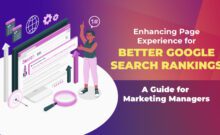

Leave a Comment